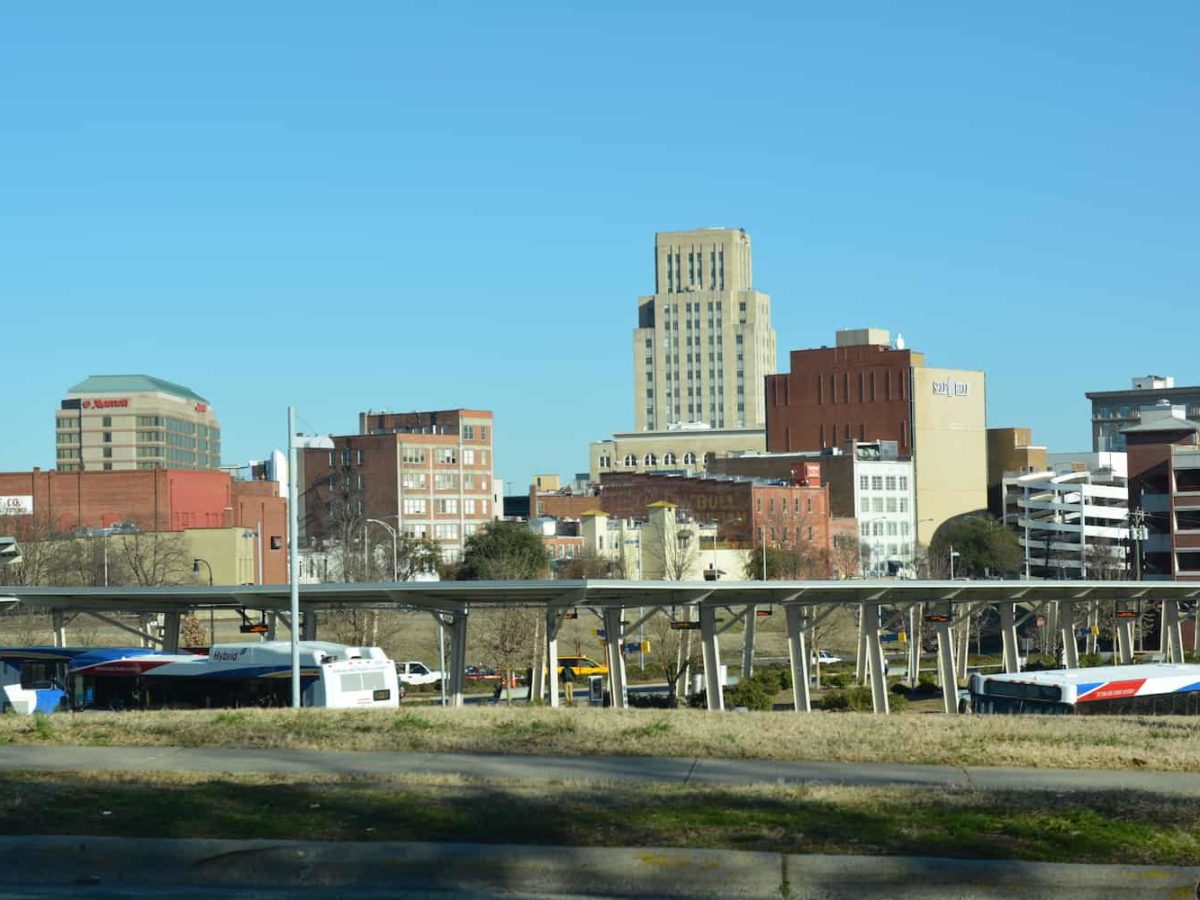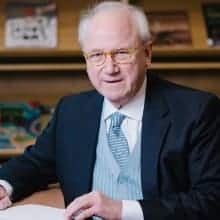

The Durham County Board of Education set an example last week when it approved a $100,000 appropriation as its share of the start-up funding for a new nonprofit, Made in Durham. While the vote did not make big-headline news even in Durham, the school board’s action sends a broader message about the importance of public education systems joining in civic partnerships in their communities.
[N]avigation doesn’t spring from a single program but rather from the interplay of a community seeking ideas, marshalling resources, and building connections.
Made in Durham is a public-private partnership formed to assist youth and young adults as they navigate the education-to-career road maps that, for at-risk and disconnected youth, present difficult turns and dead-ends. It rests on the premise that navigation doesn’t spring from a single program but rather from the interplay of a community seeking ideas, marshalling resources, and building connections.
The board of directors consists of a who’s-who of Durham’s economic, educational, and governmental leadership, with Dr. Victor Dzau, president of the Institute of Medicine (former CEO of Duke Health) as chair. In addition to the school system’s appropriation, funding for Made in Durham comes from Durham County, the city of Durham, and various philanthropic, corporate, and individual grants.
Among the Durham school board members, Matt Sears originally expressed skepticism about whether the system should spend scarce money on a still-developing nonprofit partnership. In the end, he came around to vote for the appropriation and, in comments subsequently reprinted in the Durham Herald-Sun, he captured the essence of the issue:
“With approval of this grant I feel very strongly that we say to all of our community members that we will support coalition building in our community that is centered on improving children’s lives. I think we are saying that we will support your work with action and we will support it with investment.
I hope that our students, parents, teachers, PTAs, places of worship, community centers, business, industry and higher education partners, community advocates and community organizers hear this vote as an invitation to think big about helping us improve the lives and outcomes of children and families in our Durham.”
Made in Durham had its origins in a 2008 report, “Disconnected Youth in the Research Triangle Region: an Ominous Problem Hidden in Plain Sight,” commissioned by the North Carolina GlaxoSmithKline Foundation. MDC, a Durham-based nonprofit, conducted the study to determine the extent and status of young people, in the 15-24 age range, not in school, not in a job, and thus “disconnected’’ at a time in their lives in which connectedness is crucial.1
In the current State of the South report – “Building an Infrastructure of Opportunity for the Next Generation’’ – we took the idea of focusing on 15- to 24-year-olds from a local to a regional level. That led us to analyze the outpouring of books, academic studies, think-tank papers, and journalistic reports that has accompanied the intense, prolonged debate over income and wealth inequality, amid overwhelming signs of weak social mobility and, indeed, over doubts about sustaining the American Dream. Among nine community profiles in the report are essays on Durham and Charlotte.
Many of our most robust places in the South, including North Carolina’s major metropolitan areas, have growing poverty, wide income inequality, and insufficient upward-mobility.
What emerged from our scan of studies and data was this central, troubling finding: Many of our most robust places in the South, including North Carolina’s major metropolitan areas, have growing poverty, wide income inequality, and insufficient upward-mobility.
“There is no mobility strategy that does not include education,” says the State of the South report. “Even in an era of heightened federal involvement in education, public schools, colleges and universities remain in the domains of local and state governance. The South’s future depends on state and local policies and funding to assure near-universal high school graduation, to elevate completion rates in community colleges and universities, and to narrow achievement gaps along lines of race and ethnicity.”
To be sure, as the report acknowledges, “an education agenda has multiple components.” Every grade from pre-K to 12 and beyond has something to do with preparing young people for work, entrepreneurship, citizenship, and an enriched life. Still, MDC proposed focused efforts on 15- to 24-year-olds because they represent the just-emerging generation in need of career-building and the next generation of new parents.
The action by the Durham school board, it seems to me, was consistent with the State of the South call for Southern communities to develop and implement purposeful strategies and day-to-day practices to bolster the opportunities for its 15- to 24-year-olds to achieve economic resilience as adults and a satisfying social and civic life. Public school policymakers can act to sustain the American Dream by enhancing what goes on classroom-by-classroom, and also by serving as catalysts to community-building partnerships.


